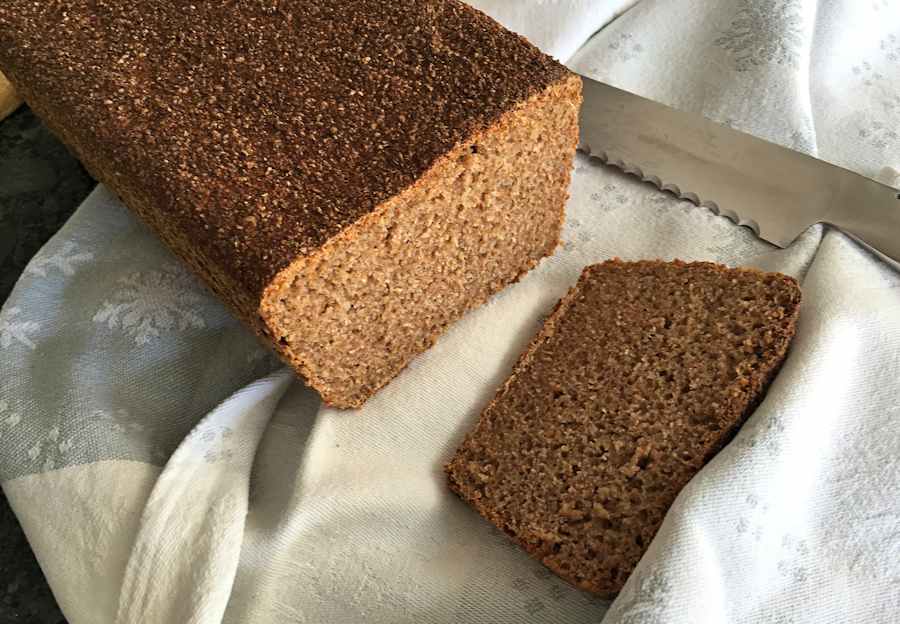
This is mainly aimed at those people who harbour pots and tubs of weird gunk in their fridges. They are not your regular folks: they will refuse to join a weekend outing because they need to feed a new starter. They turn the central heating on in late spring to keep the starter cupboard, formerly known as airing cupboard, warm. They get up at the crack of dawn to give the dough the first stretch and fold. They keep a collection of razors and scalpels in their kitchen drawer and they call bubbles: ‘air pockets’.
People who bake bread and go about it properly, rather than spout nonsense about fermenting and gut health.
If you want to make this from scratch, be my guest but it’s really more of a last resort option for when you have only rye starter on the go – it being easier to handle and less capricious than the wheat one – and there’s only so much Borodinsky you can eat in a week.